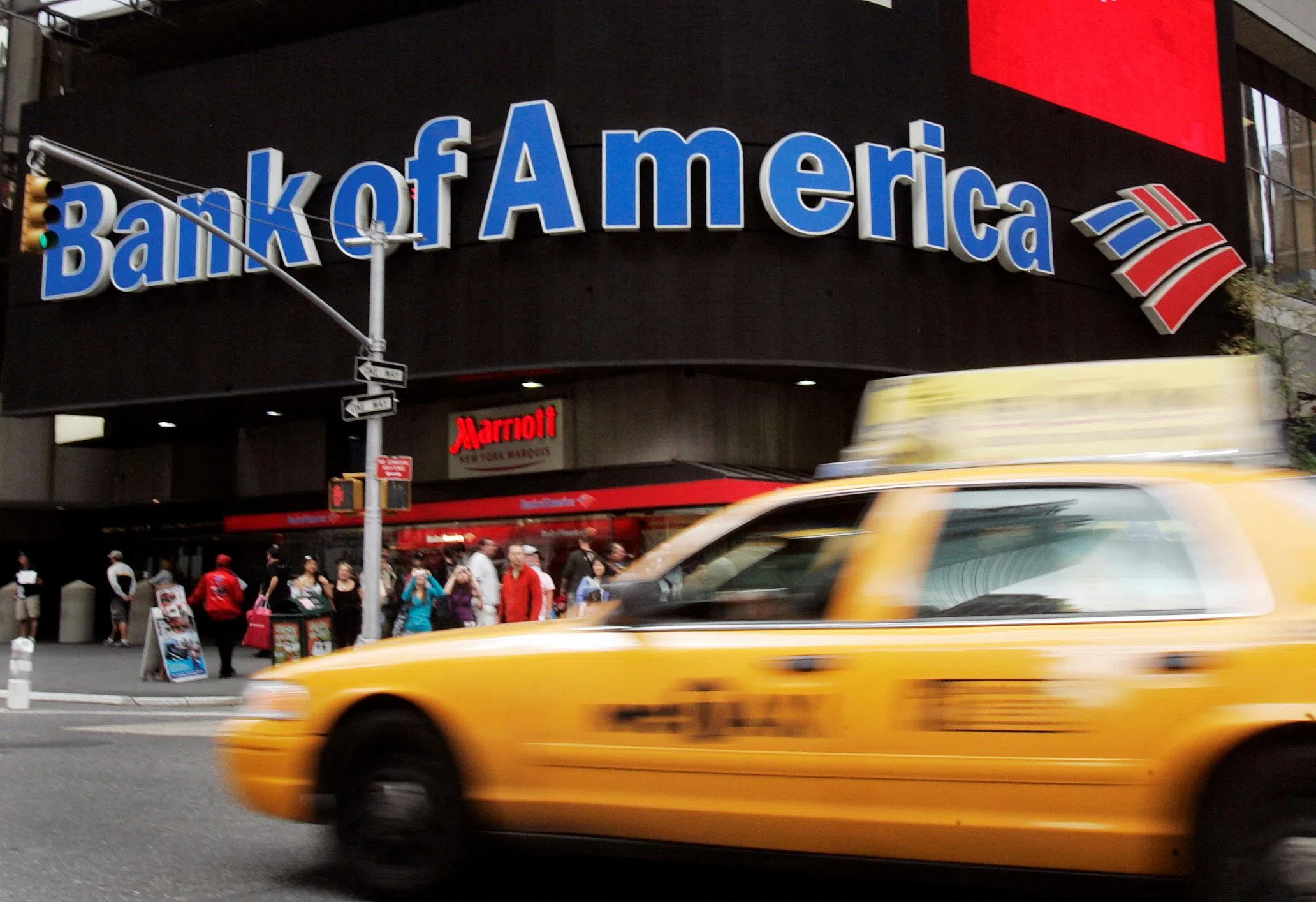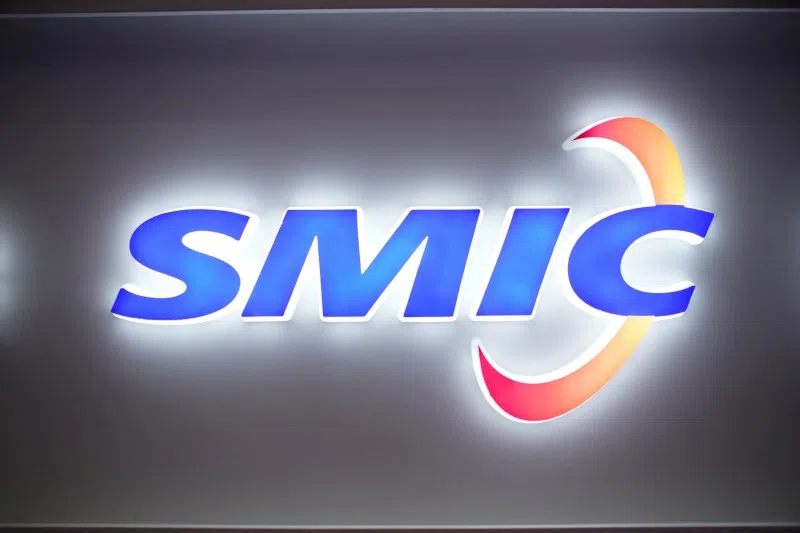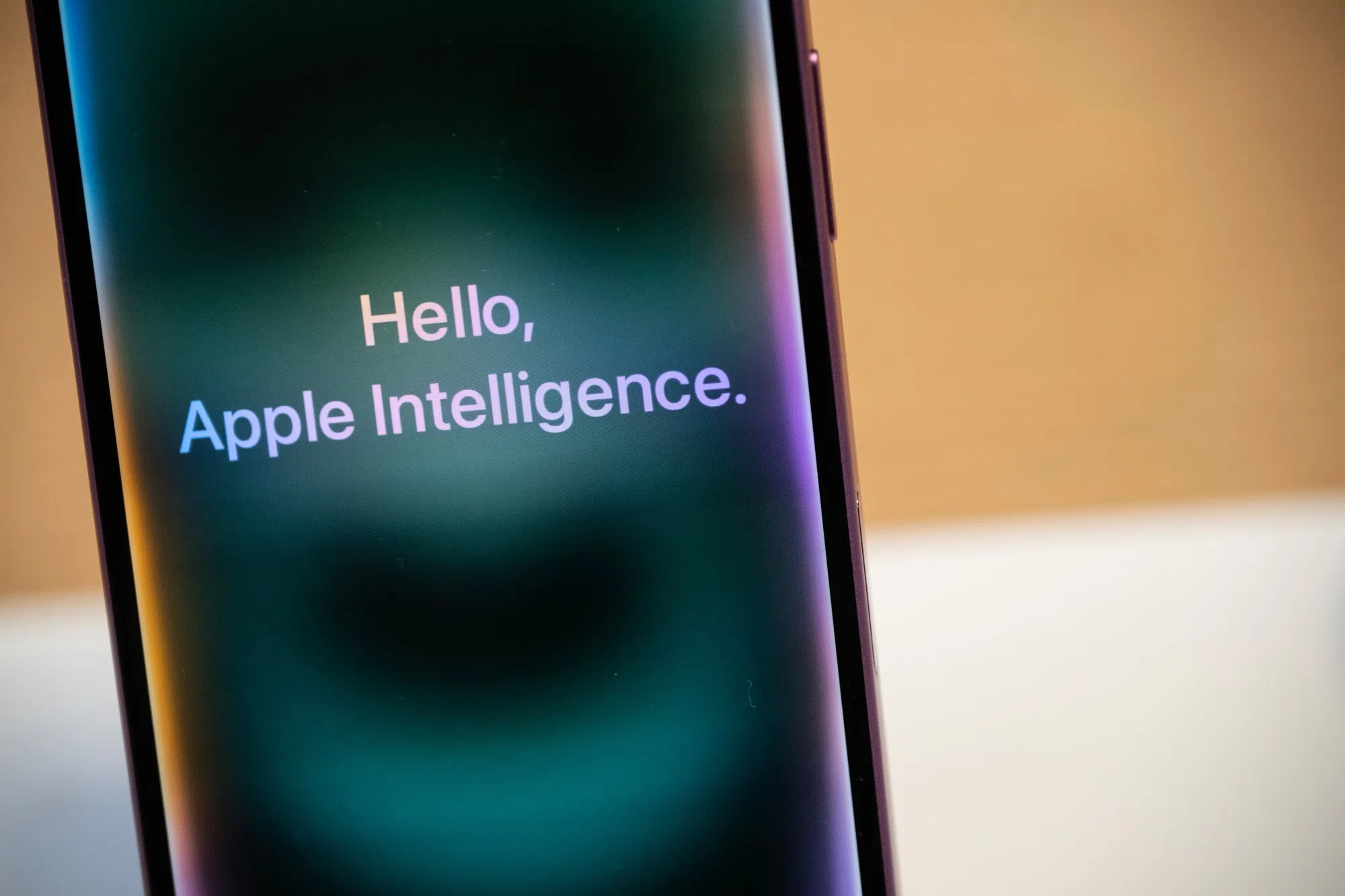US BANKS including Goldman Sachs, Morgan Stanley and Bank of America (BOA) are asking investors to disclose whether they plan to use additional debt to invest in significant risk transfers (SRTs) as regulators scrutinise them for threats to financial stability, according to sources with knowledge of the matter.
The question, which was included at the start of the marketing process in recent months, is being asked as authorities raise flags over the use of leverage by investment firms that want to buy SRTs – a type of deal that helps a bank sell risk-tied to their loan portfolios. Since the debt provider would be another bank, the credit risk, to a certain extent, would just be moved to another part of the financial system.
Banks that issue or arrange SRTs for other institutions have added a more formal questionnaire more frequently than in the past, said the sources, who asked for anonymity to discuss non-public documents and negotiations. In some cases, the leverage query appeared ahead of other standard language, such as non-disclosure agreements, said one of the sources.
Bank of America is not allowing its SRT investors to take leverage from other US banks, another source familiar with the matter said, adding that such an approach is consistent with what other major American lenders are doing. The bank is considering an SRT tied to a portfolio of about US$1 billion of loans, Bloomberg has reported.
Spokespeople for Goldman Sachs, Morgan Stanley and BOA declined to comment.
Bloomberg News reported in June that SRT buyers, including those in a JPMorgan Chase deal involving US$20 billion of its loans, were borrowing money from other banks to finance their stakes and amplify returns. Regulators globally have raised concerns about the practice, worried that true banking risk is being masked in a series of transactions.
BT in your inbox
Start and end each day with the latest news stories and analyses delivered straight to your inbox.
Representatives of the European Central Bank (ECB) have recently signalled that they were monitoring the use of leverage in SRTs sold by that region’s banks, some of the sources familiar with the matter said. European banks are the world’s biggest issuers of the instruments. An ECB spokesperson declined to comment.
US banking regulators including the Federal Reserve have also been focused on the topic, prompted in part by questions from Congress. A Fed spokesperson did not immediately reply to a request for comment. The Fed examines SRT transactions for approval on a case-by-case basis and would limit their use if risks start to arise, vice-chair Michael Barr said at a November 2023 congressional hearing.
The International Monetary Fund has said that SRTs could create “negative feedback loops” during periods of stress because if leverage is used by buyers then “substantial risk” remains within the banking system without the appropriate capital coverage.
That has made issuers and arrangers of SRTs concerned about more scrutiny from regulators for leveraged transactions, said the sources familiar.
Banks have been asking SRT buyers not only whether they are using leverage but who the provider is, they said. They might also ask about the provider’s jurisdiction, one of the sources said. Bloomberg has reported that some Japanese and European banks have been active in lending to SRT buyers.
The detailed questions are happening as demand for SRTs is on the rise, with banks increasingly syndicating their deals to multiple buyers. At Deutsche Bank, one of the more mature issuers in Europe, the list of prospective buyers can quickly swell into the dozens for syndicating large corporate transactions, Bloomberg reported.
The use of bank financing to purchase a slice of another bank’s significant risk may also raise concerns about data privacy, some of the sources said. Banks selling the risk do not necessarily want competitors obtaining detailed information about pools of loans they originated.
Some long-time market participants said issuers, especially in Europe, have traditionally known in some way whether the end buyer of an SRT used leverage, as part of standard deal documents. But formalising the question and placing at the top of a transaction is a new development, particularly with US banks, they said.
Adding leverage is more common in the US than elsewhere, because buyers have to insure larger portions of the debt. That makes the securities yield less, and additional leverage can boost returns. If an investment fund just uses its own cash for a US SRT trade, it can make loss-adjusted returns in the high single digits. When a booster shot of leverage is added, returns can jump to the mid-teens.
The debt tends to come in the form of repurchase agreements, or “repos”, as well as other types of credit options such as net asset value, or NAV, loans. That type of financing is popular with private equity firms, which secure it against a portfolio of their holdings.
An overarching worry by watchdogs is the mismatch between repo and SRTs. While repos are typically short-term loans that are regularly adjusted to market prices, SRTs are by nature longer term and harder to value because there is not much buying and selling of the securities. BLOOMBERG







